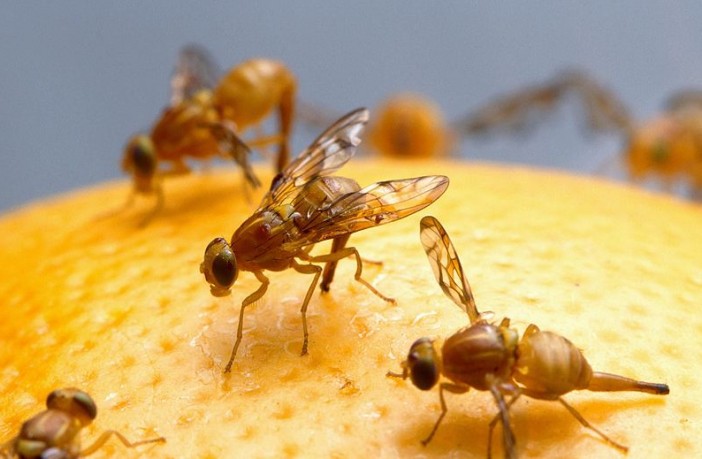The Packer
Opinion
By Andy Nelson
![[www.sanpedrosun.com] Medfly](http://www.moroccotomorrow.org/wp-content/uploads/2016/02/Medfly-300x195.jpg)
As of Feb. 8, Moroccan citrus is no longer allowed in the U.S. after Medfly was found in a shipment of clementines at the Port of Philadelphia on Jan. 13.
John Lazopoulos, Spanish and Moroccan import manager for DNE World Fruit Sales, Fort Pierce, Fla., was among those cautiously optimistic that the U.S. Department of Agriculture and their Moroccan counterparts could hammer out an agreement allowing Moroccan fruit back into the U.S. before the season ends (late-season mandarins often ship through April).
Even in the best-case scenario, it would likely be early March before fruit began arriving again in the U.S., Lazopoulos said.
Still, as he said, there is considerable precedent for the U.S. and Morocco forging mutually beneficial trade agreements.
“It goes all the way back to Thomas Jefferson and John Adams,” Lazopoulos said.
Come again?
Thanks to Lazopoulos, with an assist from Wikipedia, I’m now up to speed on U.S./Morocco trade. Turns out that Morocco was the first country in the world to recognize the then brand-new United States of America.
It started in 1777, when Morocco’s sultan, Muhammad III, included the U.S. in a list of countries that could export products to his country. Jefferson and Adams cemented the relationship by signing the Moroccan-American Treaty of Friendship in 1786. The U.S. Confederation Congress ratified it a year later.
Unbroken for 229 years, the agreement stands as the longest treaty relationship in U.S. history.
Does that help explain the fact that Moroccan citrus exports to the U.S. leaped from 45.2 million pounds in 2013 to 100 million pounds in 2014? Maybe not. Lazopoulos and others would likely lean toward the quality of Moroccan fruit as the main reason.
Nevertheless, winter citrus lovers — especially those on the East Coast — can hope the U.S. and Moroccan groups currently hashing out the Medfly ban are inspired at least a bit by their countries’ illustrious shared history.
Southern Hemisphere apple shippers, meanwhile, won’t have much problem getting their product to U.S. shores this spring and summer.
With Washington apple volumes lighter than last season — and much lighter on big fruit — there should be plenty of demand for galas, Honeycrisps, fujis, granny smiths and other varieties from Chile and other growing areas.
Washington shippers have known since the beginning of the season that shipments would be down this year. What’s become clearer as the storage season has progressed is how much the intense summer heat is affecting packs-per-bin storage numbers.
“It was tough growing weather, and because of the heat, storage numbers are dwindling,” said Don Roper, vice president of sales and marketing for Honeybear Brands.
anelson@farmjournal.com







